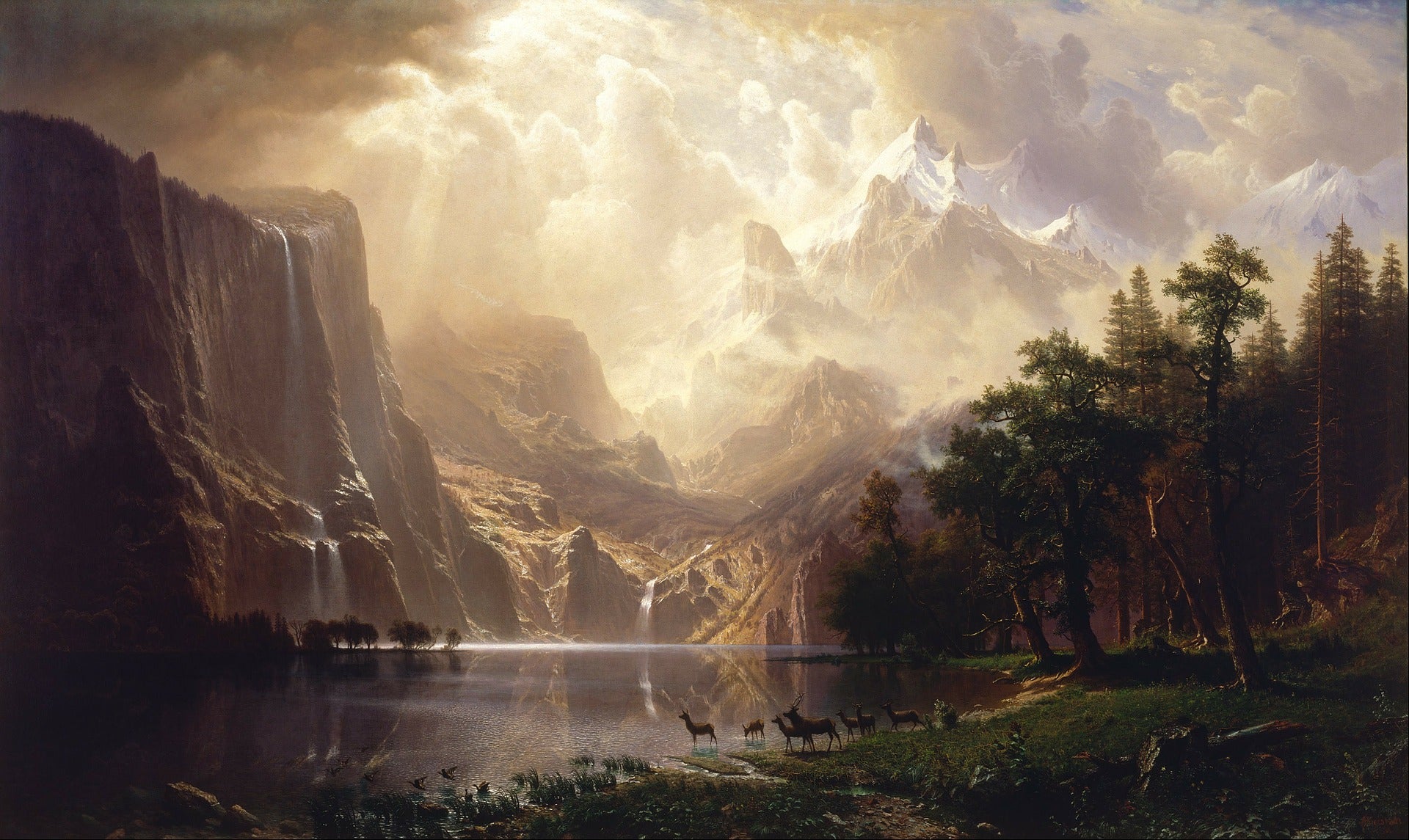Your Cart is Empty
🎄INTERNATIONAL ORDERS CLOSE ON 12th DEC & DOMESTIC ORDERS CLOSE ON 19TH DEC FOR GUARANTEED CHRISTMAS DELIVERY - XMAS20 FOR 20% OFF ALL ORDERS🎄

Canvas, history's greatest fabric.
Ok, that isn't necessarily true. But it is incredibly useful.
There are two kinds of canvas: duck and plain. Duck, so named for its Dutch roots (and not, unfortunately, being the source of Scrooge McDuck’s fortune) is a rugged yet lightweight form of canvas that is often seen in workwear. Plain canvas is just straight up boring by comparison, being the simpler of the two weaves (duck being a two-by-two weave whereas plain is a flat weave). As such, duck is more breathable as it is ‘looser’ while plain can have a higher thread count and be stiffer.
Historically, canvas was primarily used in the creation of sails for boats. The sails needed to be flexible yet durable. Canvas provided these qualities, while remaining relatively cheap compared to other fabrics.

So cheap in fact that artists would paint on it. If you didn't enjoy painting jugs or ceilings, possibly because your mum would tell you off for yet another stunning mural on the bathroom ceiling, canvas was perfect for the application of paint and certainly assisted in the early days of portraiture. Prior to canvas being the material of choice, many paintings used wooden boards and panels as a base. Once canvas took off, the ‘wooden panel boards to be used for painting and only painting’ industry practically collapsed. But it did lead to the invention of the door, so, every cloud.

Though still used in art to this day, canvas was also deployed in warfare. Aside from sails as previously discussed, canvas would often adorn the front of shields, particularly the pavise shield. Many were painted, some simply with a coat of arms and some more decorative, featuring saints and biblical scenes. Once painted, they would be sealed in a transparent varnish, providing the wooden shield with a layer akin in property to modern day glass-reinforced plastic.
Elsewhere, canvas was used in housing, especially in nomadic communities where tents were often made of canvas. Waxed canvas also proved to be a durable waterproof material to keep out the rain and further insulate semi-permanent dwellings. Modern impregnation techniques have produced some canvas that is highly water-repellent. Even today, canvas is used in buildings as canopies, such is its effectiveness at keeping out the rain.
The world of fashion hasn't passed canvas by either. Whether a simple tote bag or rugged jacket, canvas has been featured in clothing and accessories for hundreds, possibly thousands of years.
Modern fashion takes advantage of canvas's durability, flexibility and price. Canvas shoes are commonplace, often providing a longer lifespan than synthetic materials. Canvas tote bags abound in place of plastic bags. Luggage of all kinds, suitcases, duffel bags, messengers and backpacks, all feature canvas as a primary construction material for its renowned versatility and durability.

Shoes aren’t safe either. Sure, maybe a set of leather boots or concrete loafers would be durable, but sometimes it’s the cost or weight that really swings the decision. Canvas, once again, almost heroically, saves the day. Canvas is used by footwear designers the world over to create a durable, lightweight and flexible shoe the whole family can enjoy.
Comments will be approved before showing up.